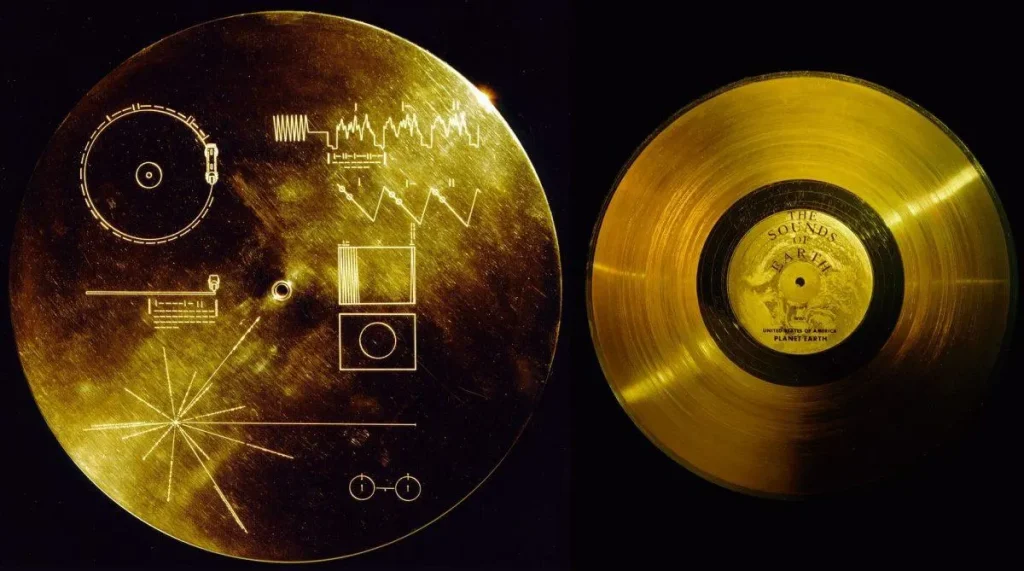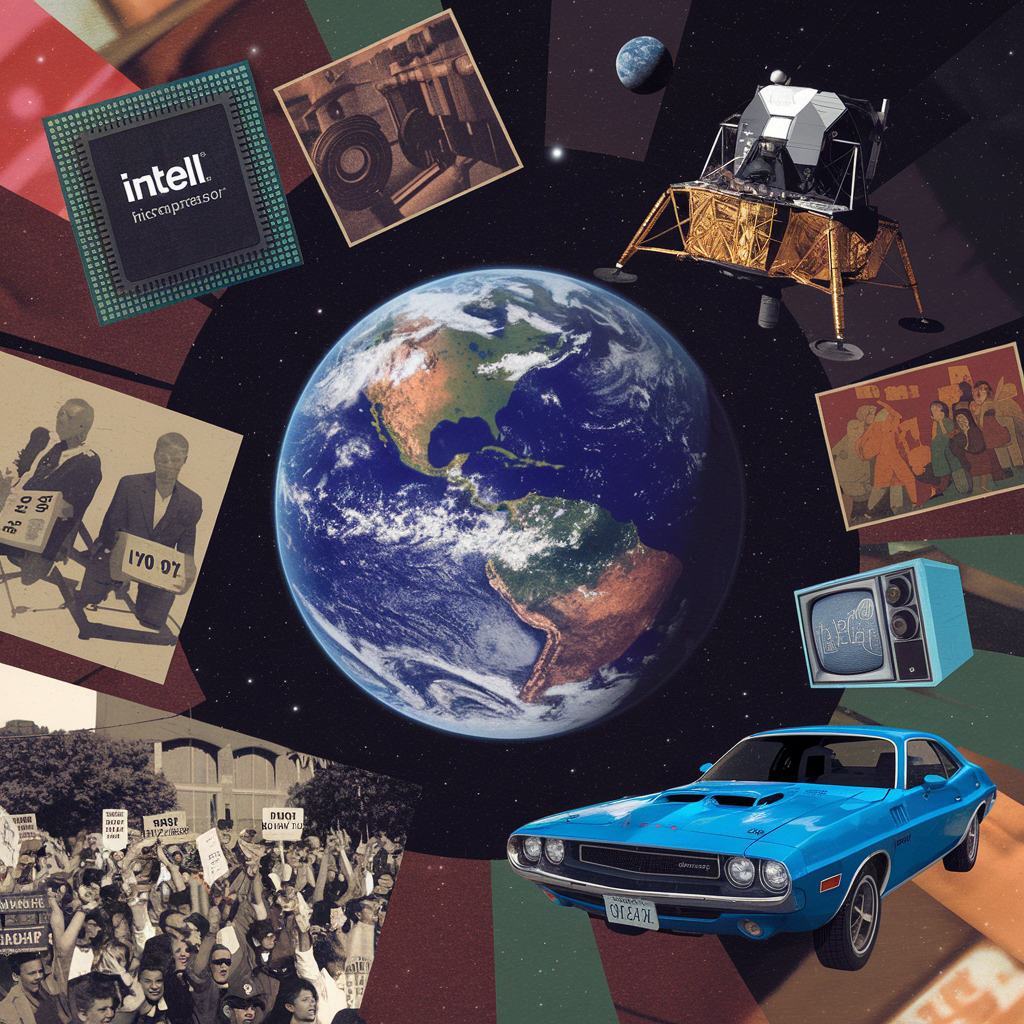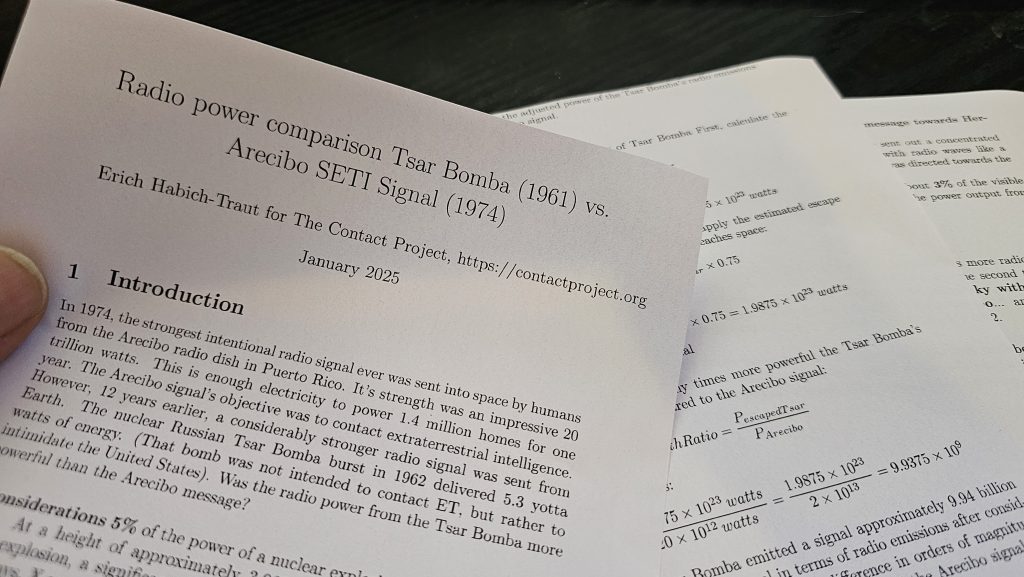Introduction and Carl Sagan’s Early Work


Carl Sagan (1934–1996) was an American astronomer, astrobiologist, and author. After NASA was founded in 1958, Sagan became a consultant for the agency. His first job involved planning the explosion of an atomic bomb on the moon, the A119 project. Highly controversial, to say the least. In 1961, at the age of 27, he published a study on the atmosphere of Venus. In 1970 he researched the conditions that could lead to the emergence of life in the cosmos on distant planets. To achieve this, he exposed frequently occurring elements to the UV radiation of a young sun and observed how amino acids, the building blocks of life, were formed from them. Carl Sagan became a full professor at the astronomy department at Cornell University. Around this time, talk shows began inviting him as a popular guest to discuss the possibility of extraterrestrial life.
“Hello, Aliens!”: Voyager Probes Get Sagan’s First Broadcast
In 1972 and 1977, Carl Sagan sent the first messages to extraterrestrials into space on the panels of the space probes Pioneer 10 & 11 and the Golden Record of Voyager 1 & 2.

It contains greetings and wishes for peace from the people of Earth in 55 languages. Earthlings extend their friendship, wish happiness and health, and express hope to one day meet their cosmic neighbors. They also express the desire for goodwill and harmony among all beings in the universe.
The greetings are in alphabetical order, from Akkadian (an extinct language for over 2000 years) to Wu Chinese. The inclusion of Akkadian in this earthly record is pretty strange. One day, these transmissions might be intercepted as they pass through space by an alien culture.

With the help of the included pulsar map, these aliens could potentially find Earth. Pulsars are stars that rhythmically emit radiation, like interstellar lighthouses. We can use them as a cosmic GPS.
Pulsar GPS: Sagan’s Star-Beacon Timecode Reveals 1971 Earth

Over long periods of time, the frequency of a pulsar slows down. Thus the pulsar map designed by scientist Frank Drake and graphic artist Linda Salzman Sagan is not only a determination of the position of our Earth in space, but the map also precisely pinpoints the position of Earth in time: 1971.
What if a prospective alien civilization has or develops the ability to time travel? What would they do with the information provided by our space probes?
Speculation about the subject makes for the greatest sci-fi story ever told. This is particularly true when we consider the included Mesopotamian-language greeting and the Annunaki creation myths—some of which have been popularized by Zecharia Sitchin and others.
Of course, intercepting our space probes is extremely unlikely. It could take millions of years, if at all. But then again, the life expectancy of the Golden Records is 5 billion years.



